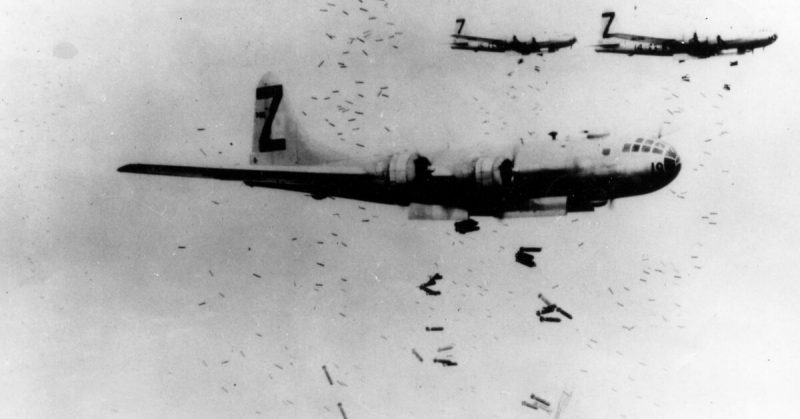Japan’s war machine was designed for offense, not defense. During the war years, planes had a very limited range, which made the Japanese islands almost impervious to attack.
That was until the Allies captured the Mariana Islands in November 1944 and developed the long-range Boeing B-29 Superfortress. Due to those developments, the Japanese, at last, got a taste of what they had been doing to others.
They resorted to the Tripartite Pact of September 27, 1940. It was a military and technical agreement between Germany, Italy, and Japan to share equipment, materials, know-how, and personnel. It worked well until June 1941 when Germany violated its non-aggression pact with Russia. Unable to use the Russian Trans-Siberian Railway, the land route between Germany and Japan was gone.
They resorted to ships and submarines for a while, but German and Japanese U-boats began paying the price for Allied improvements in submarine detection technology. Nor did it help that the Allies had broken the Axis codes, letting the former know when and where to strike their foes.
In July 1943, only 3 out of 7 Italian ships successfully made it to Japan. By 1944, only 1 in 5 Japanese ships reached Germany. As more American bombs fell on their cities, the Japanese pinned their final hopes on a discovery made in 1934.
Dr. Yoshio Nishina had worked with Niels Bohr and established Japan’s Nuclear Research Laboratory in 1931. Three years later, Professor Hikosaka Tadayashi of Tohoku University published his “Atomic Physics Theory” which suggested that nuclei were a potential source of energy with weapons potential.
The Germans confirmed it by creating nuclear fission in January 1939. Nishina was worried the Americans might create an atom bomb. If they did, then Japan’s dream of an overseas empire was over. He believed the only solution was to build a bomb before they did, but there was a problem. Japan was heavily dependent on the US for materials and oil.
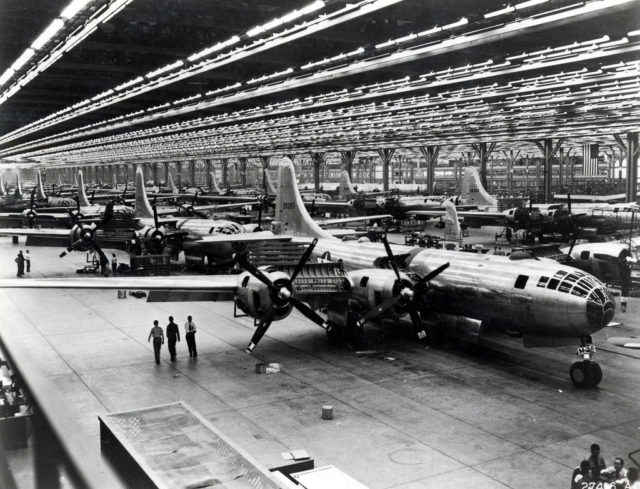
Bombing Pearl Harbor and destroying America’s Navy had given Japan access to Asia-Pacific’s vast resources. What it failed to provide, however, was the essential element for an atom bomb; uranium. Fortunately, Germany had some to spare, and Hitler was willing to assist.
U-234 left Kristiansand Harbor in Norway on the evening of April 14, 1945, under the command of Lieutenant Johann “Dynamite” Fehler. It was a crowded submarine. Besides the regular crew, U-234 carried scientists and high-ranking military officials.
Also on board were two Japanese VIPs; naval architect and submarine designer Lieutenant Commander Hideo Tomonaga and aircraft specialist Lieutenant Commander Shoji Genzo. They brought with them a unique consignment.
Along with the usual food and supplies, U-234 carried a very special cargo – 560 kilos worth, to be precise. Before leaving, the Japanese had loaded it into sealed crates. The German crew thought the Japanese had made a mistake when they painted U-235 on the boxes when it should obviously have been U-234. Perhaps they did not understand western numbers?
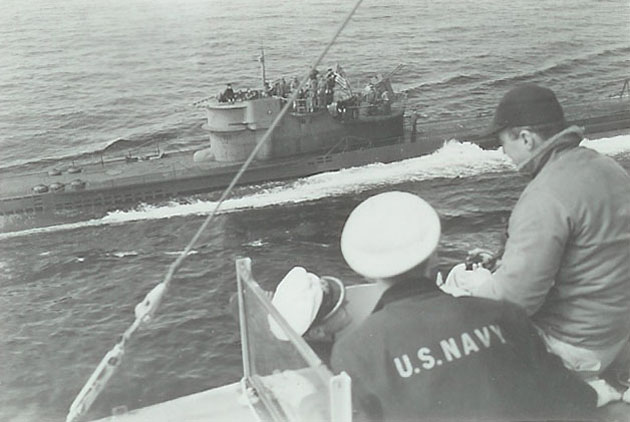
However, the Japanese knew exactly what they were doing. They had written the code for Uranium-235. The sub headed for Japan hoping to avoid Allied ships but, in fact, they were sailing straight toward them.
By late April, the German Navy’s Goliath transmitter had stopped broadcasting. A few days later, the Nauen Transmitter Station also ceased. The crew on board the sub found out why on May 4. British and American radio stations claimed Hitler was dead and that Admiral Karl Dönitz was Germany’s new leader. Impossible! It was obviously an Allied trick!
Desperate for confirmation, Fehler surfaced his sub on May 10 to attempt to receive radio transmissions. What they heard changed everything.
Dönitz was giving his final broadcast. Germany had surrendered, and all U-boats were ordered to do the same. They were to surface, hoist black flags, and transmit their location to the Allies. Still, Fehler was not convinced. He contacted another sub whose captain confirmed the truth.
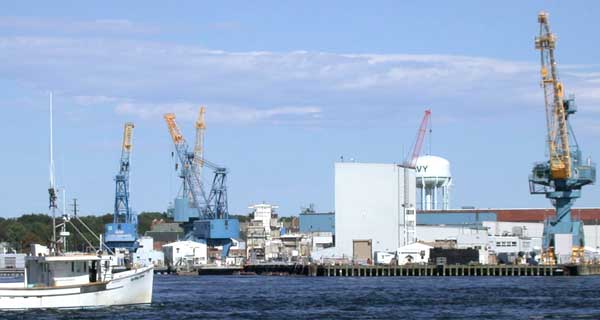
Resigned, Fehler chose to surrender to the Americans. On May 12, Fehler advised he was heading for Newport News, Virginia but he also radioed the Canadians telling them to expect the sub at Halifax, Nova Scotia.
However, there was a problem with the Japanese on board. Tomonaga and Genzo were arrested and confined to quarters as they refused to surrender.
Before boarding, they had given their swords to Fehler as a sign of trust and goodwill, so hara-kiri was not an option. The following morning, guards became suspicious when the Japanese did not get up. Closer inspection revealed they had poisoned themselves and left a suicide note in German which said, “Please dump our bodies at sea, if it’s not too much trouble. Thanks.”
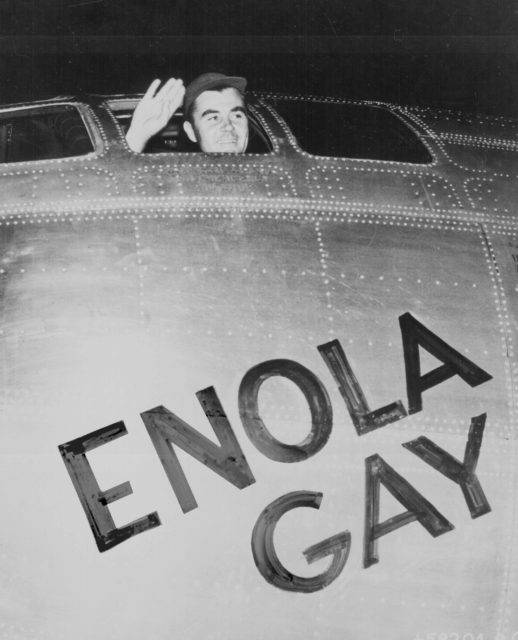
By then, the Americans realized the U-boat was not heading for Canada. They sent out two destroyers to locate the sub, and it was the USS Sutton that found them south of the Grand Banks, Newfoundland on May 14; sporting a black flag.
The Americans were ecstatic! Along with several top-notch scientists and high-ranking officials, U-234 also contained technical drawings and instrumentation. It took them a while to realize what else was on board.
560 kilos of uranium oxide produces only about half a kilo of Uranium-235. It was not enough to make an atom bomb – perhaps 1/5th of what is needed. Whether Fehler’s cargo was used in the first bomb tested in New Mexico on July 16 or later, on Hiroshima, is unknown.
Whatever the case, the Enola Gay created the first mushroom cloud on August 6 that finally ended the war. In a roundabout way, Germany may have taken part in nuking Japan into submission.
